Social Media Influence
The Canned Cocktails (RTD Cocktails) Market is significantly influenced by social media trends, which play a pivotal role in shaping consumer preferences and purchasing behaviors. Platforms such as Instagram and TikTok have become vital marketing channels for brands, allowing them to showcase visually appealing products and engage with consumers directly. The rise of influencer marketing has further amplified this effect, as influencers promote various canned cocktail brands, creating buzz and driving sales. Data indicates that products featured by influencers often experience a spike in demand, highlighting the importance of social media presence in the Canned Cocktails market. This trend suggests that brands must strategically leverage social media to enhance visibility and attract a broader audience.
Diverse Flavor Profiles
The Canned Cocktails (RTD Cocktails) Market is characterized by an expanding array of flavor profiles that appeal to a wide range of consumer preferences. Manufacturers are increasingly experimenting with unique and innovative flavors, moving beyond traditional options to include exotic ingredients and artisanal blends. This diversification is crucial in attracting adventurous consumers who seek novel taste experiences. Market data suggests that flavor innovation is a key driver of growth, with a significant portion of consumers indicating a willingness to try new flavors. As a result, brands that successfully introduce distinctive flavor combinations are likely to capture a larger market share, enhancing their competitive edge in the Canned Cocktails market.
Health and Wellness Trends
The Canned Cocktails (RTD Cocktails) Market is increasingly aligning with health and wellness trends, as consumers become more health-conscious in their beverage choices. There is a growing demand for lower-calorie, low-sugar, and organic options within the RTD cocktail segment. Brands that incorporate health-oriented ingredients, such as natural sweeteners and functional additives, are likely to resonate with consumers seeking guilt-free indulgence. Market data reveals that the health-conscious segment of the RTD market is expanding, with a notable increase in sales of healthier canned cocktail options. This shift indicates that brands must adapt their product offerings to meet the evolving preferences of health-focused consumers, thereby enhancing their competitiveness in the Canned Cocktails market.
Convenience and Portability
The Canned Cocktails (RTD Cocktails) Market is experiencing a surge in demand due to the increasing preference for convenience and portability among consumers. As lifestyles become busier, individuals seek ready-to-drink options that require minimal preparation. Canned cocktails offer a practical solution, allowing consumers to enjoy their favorite beverages on-the-go, whether at picnics, parties, or outdoor events. This trend is reflected in market data, which indicates that the RTD cocktail segment has seen a notable increase in sales, with a projected growth rate of approximately 15% annually. The ease of use and accessibility of canned cocktails cater to a diverse demographic, including millennials and young professionals, who prioritize convenience in their purchasing decisions.
Sustainability and Eco-Friendly Packaging
The Canned Cocktails (RTD Cocktails) Market is witnessing a growing emphasis on sustainability and eco-friendly packaging solutions. As environmental concerns become more pronounced, consumers are increasingly favoring brands that prioritize sustainable practices. This includes the use of recyclable materials and environmentally friendly production processes. Market data suggests that products marketed as sustainable are experiencing higher sales, as consumers are willing to pay a premium for eco-conscious options. Brands that adopt sustainable practices not only enhance their brand image but also align with the values of a significant portion of the consumer base. This trend indicates that sustainability will continue to be a critical driver in the Canned Cocktails market.


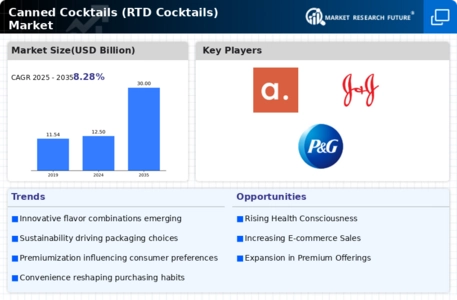
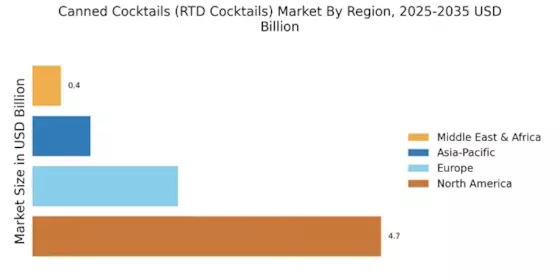
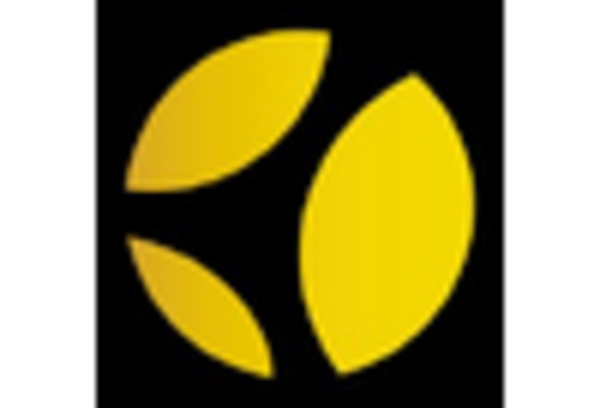
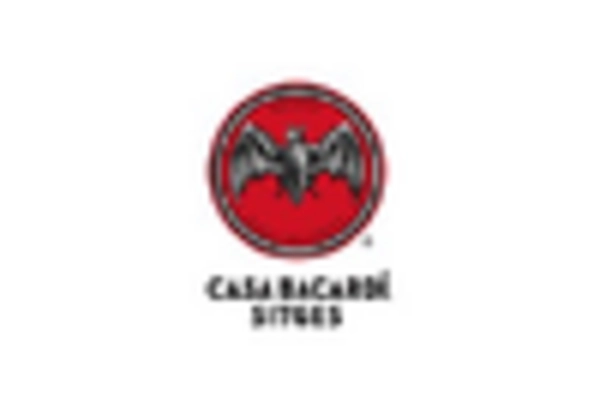

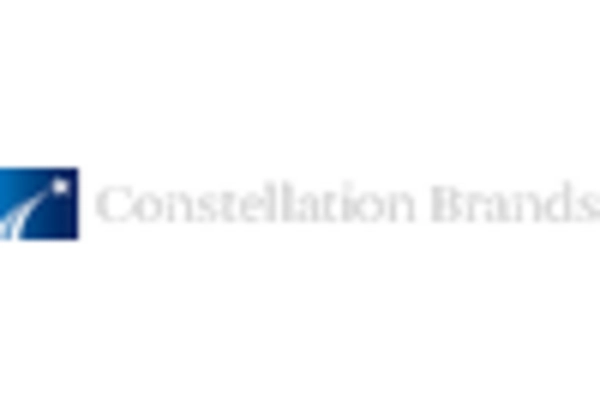
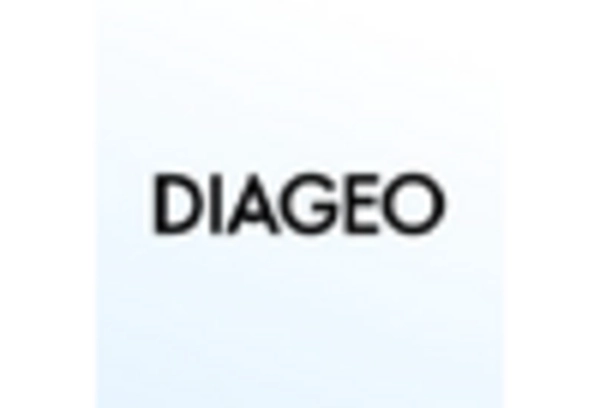









Leave a Comment